Visualizing Sustainability: A Deep Dive into the Role of 3D Rendering in Green Architectural Design
The growing emphasis on sustainable practices has profoundly impacted the world of architecture. Green design, with its focus on environmental responsibility and resource efficiency, has become not just a trend, but an essential part of modern architectural practice. This article will explore the exciting application of 3D rendering in showcasing green design in architecture. Primarily intended for architects and professionals in the architectural industry, this exploration will underline the significance of 3D rendering in visualizing and communicating sustainable design principles effectively.
Understanding Green Design in Architecture
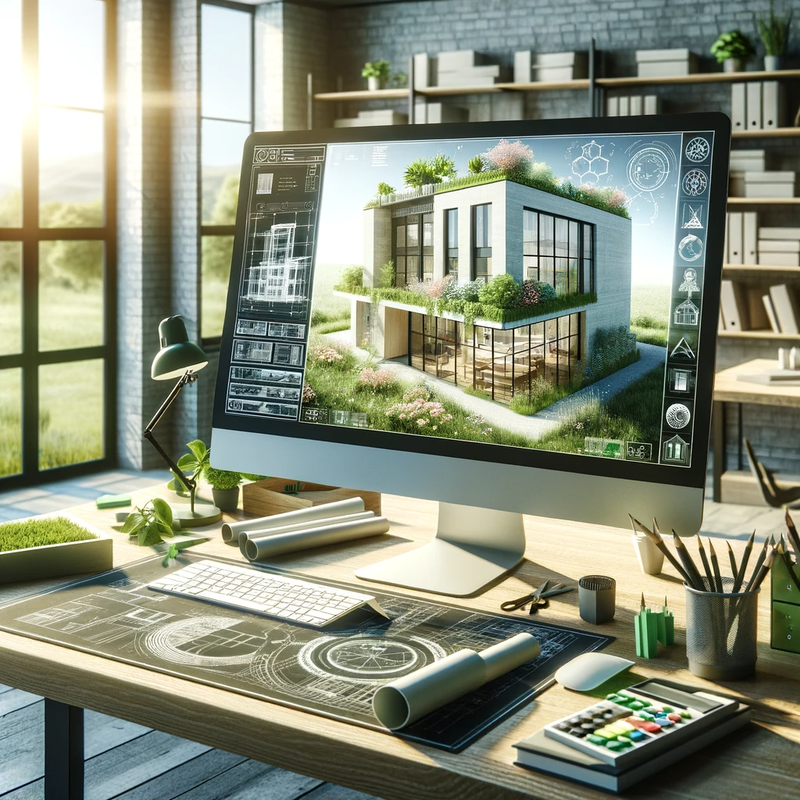
Green design in architecture, often known as sustainable architecture, is an approach that seeks to minimize the negative environmental impact of buildings through efficient and wise use of materials, energy, and development space. Its principles include reducing waste, decreasing energy consumption, and creating healthier, more efficient buildings.
Sustainable and environmentally friendly practices in architecture are more than just a societal expectation - they are becoming increasingly critical because of our world's environmental challenges. Green design promotes a healthier and more sustainable built environment, providing many benefits such as improved indoor air quality, energy savings, and a reduced carbon footprint.
The Role of 3D Rendering in Showcasing Green Design
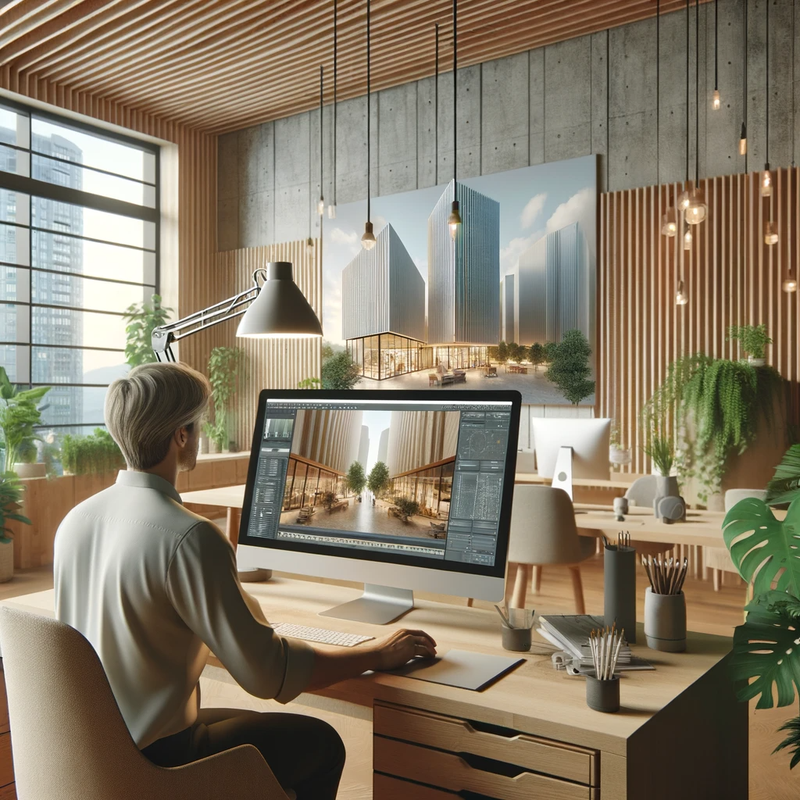
3D rendering is a powerful tool in architectural design, allowing for the creation of a virtual, three-dimensional model of a design concept. It brings the architect's vision to life, enabling clients and stakeholders to immersively experience the proposed design.
Regarding green design, 3D rendering plays an instrumental role in visualizing and communicating the sustainable elements of a project. Whether it's the integration of energy-efficient technologies, the use of sustainable materials, or the incorporation of natural elements into the built environment, 3D rendering can accurately represent these features in the design. It enables architects to simulate different sustainable scenarios, presenting them in a visually appealing and easily understandable format.
Visualizing Sustainable Site Design and Landscaping
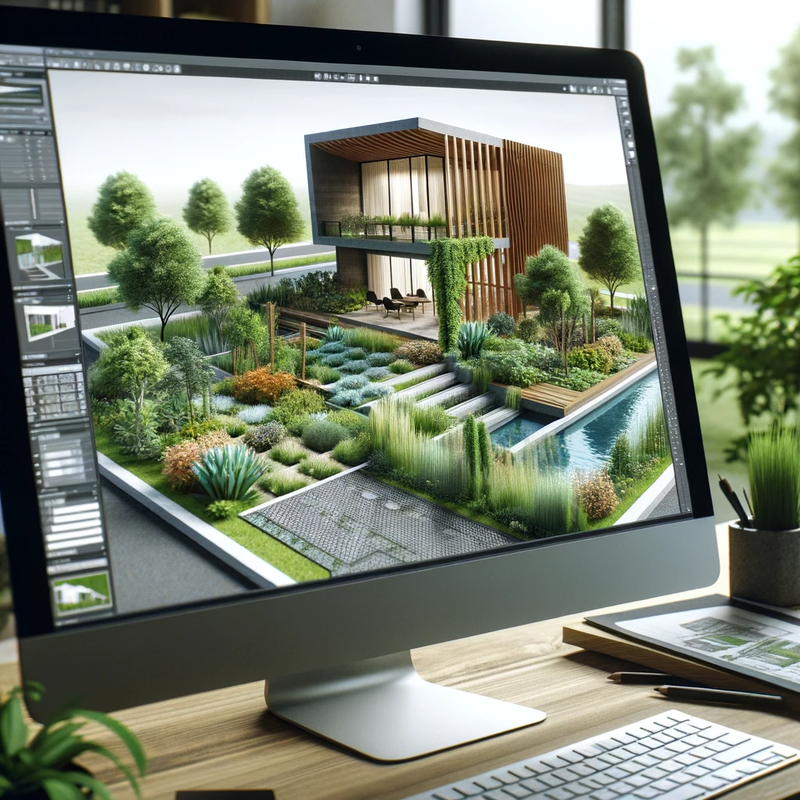
Sustainable site design is a key principle of green design. It considers aspects such as site selection, orientation, and landscape design to minimize environmental impact and enhance building performance. By leveraging 3D rendering, architects can visualize these aspects accurately and showcase how they have integrated them into the design.
For instance, we can render sustainable landscaping elements like rain gardens and permeable surfaces in 3D to show their function and visual appeal. Integrating natural features into the built environment, such as incorporating existing trees into the design or using the site's natural topography, can also be shown using 3D rendering.
Highlighting Energy Efficiency and Renewable Energy Systems
Energy efficiency and using renewable energy systems are integral to green design. Through 3D rendering, architects can visualize these systems within the overall design context. Integrating solar panels, wind turbines, and other renewable energy sources can be accurately represented in the 3D model, showcasing their placement and potential impact on the building's aesthetics.
3D rendering can simulate energy performance. By integrating simulation software with 3D rendering tools, architects can show how different design strategies can reduce energy consumption and contribute to the overall sustainability of the building.
Demonstrating Sustainable Material Selection and Construction Practices
Choosing sustainable materials and employing environmentally friendly construction practices are other facets of green design. Using 3D rendering, architects can visualize these elements, showcasing the use of recycled, reclaimed, or locally sourced materials in their designs.
3D rendering can also show construction practices that minimize waste and optimize resource efficiency. By creating a detailed 3D model, architects can plan the construction process meticulously, highlighting the sustainable practices that will be employed.
Simulating Natural Lighting and Daylighting Strategies
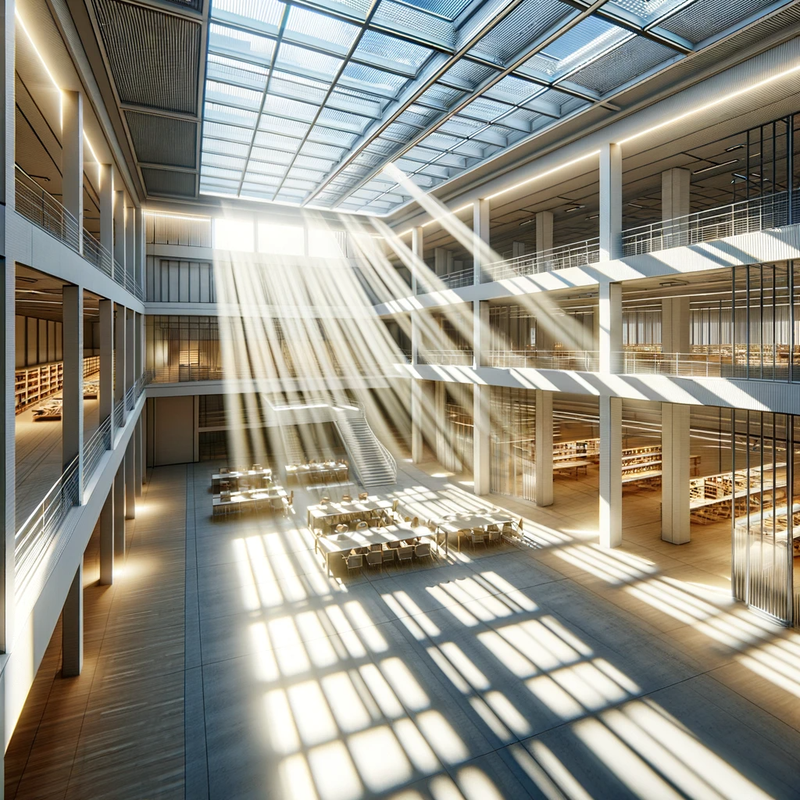
Natural lighting plays a crucial role in green design, enhancing occupant comfort and reducing the need for artificial lighting. Through 3D rendering, architects can simulate the effect of natural lighting in indoor spaces, using techniques such as ray tracing to create realistic lighting conditions.
Daylighting strategies such as using light shelves, skylights, and clerestory windows can also be visualized through 3D rendering. This enables architects to communicate the benefits of these strategies effectively, demonstrating how they can reduce energy consumption and enhance indoor environmental quality.
Representing Water Conservation and Sustainable Plumbing Systems
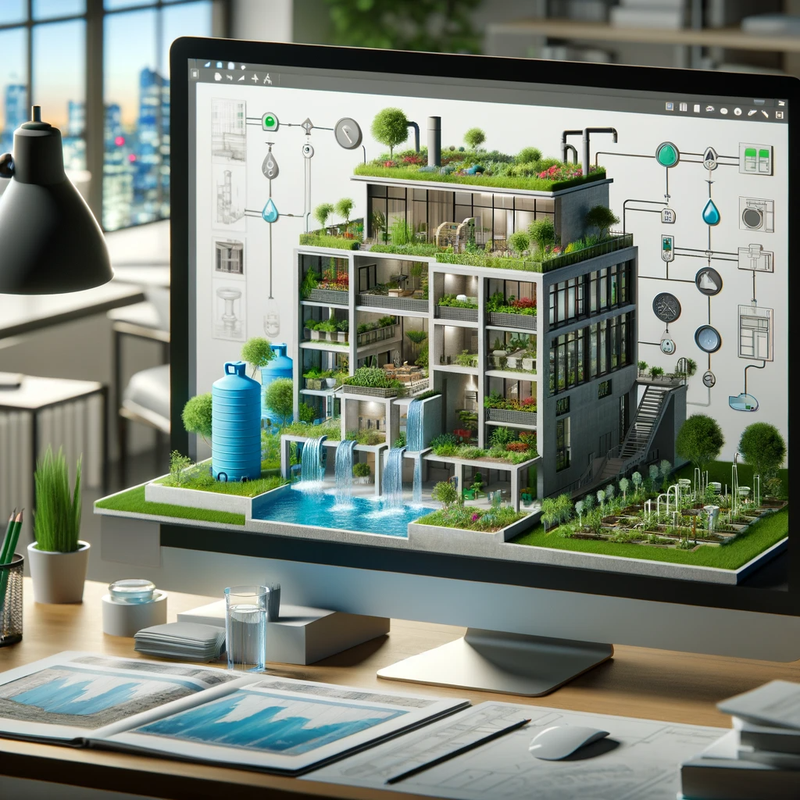
Water conservation is another essential component of green design. 3D rendering can visualize features like rainwater harvesting systems, grey water systems, and water-efficient landscaping and irrigation systems. It can also showcase sustainable plumbing fixtures, helping clients and stakeholders understand how these features contribute to water conservation.
Case Studies: Successful Implementation of 3D Rendering in Showcasing Green Design
Many projects have successfully used 3D rendering to showcase their green design elements. For instance, the Edge building in Amsterdam, known as the world's greenest office building, leveraged 3D rendering to communicate its sustainable features, including its energy-efficient lighting system, rainwater harvesting system, and smart building technologies.
Similarly, the Bullitt Center in Seattle used 3D rendering to visualize its innovative green features, including a large solar array and a rainwater-to-potable water system. These cases highlight how 3D rendering can effectively represent green design elements, facilitating better design decisions and enhancing stakeholder engagement.
Overcoming Challenges and Considerations in 3D Rendering for Green Design
While 3D rendering offers immense benefits in showcasing green design, it also comes with potential challenges. For instance, accurately representing sustainable features can be complex. Techniques like material mapping and advanced lighting simulations are required to create realistic representations of these features.
There could be limitations and biases in the virtual assessment of green design elements. Therefore, architects need to balance the visual appeal of the 3D renderings with an accurate representation of the sustainability aspects. This ensures that the 3D renderings not only look impressive but also provide an accurate portrayal of the proposed green design strategies.
Conclusion
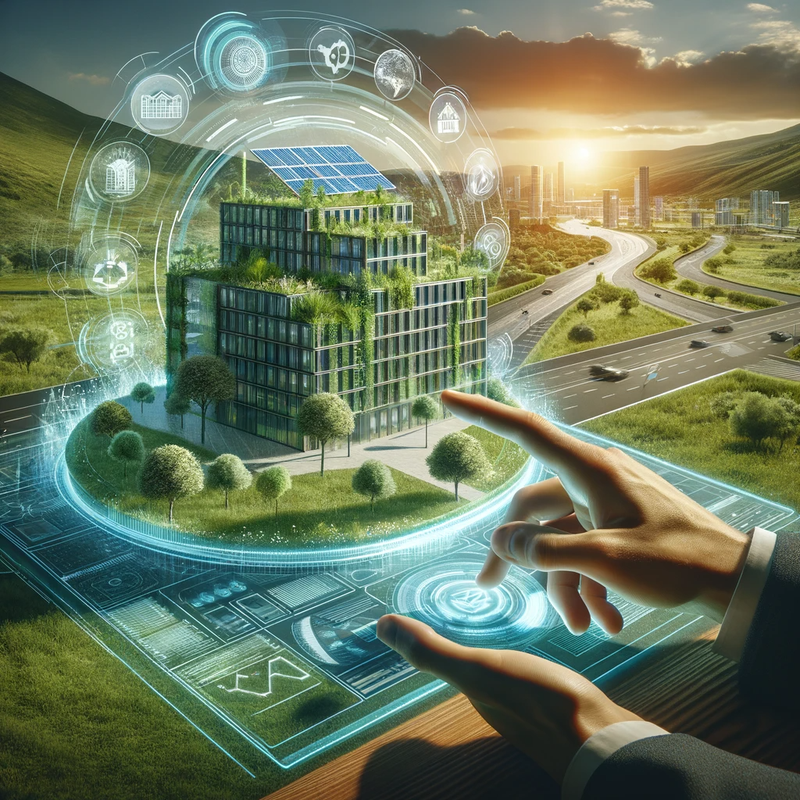
3D rendering offers a powerful means of showcasing green design in architecture. Bringing sustainable design elements to life in a detailed and realistic manner, allows architects to communicate their design intent effectively, foster better understanding among stakeholders, and promote sustainable practices in the built environment.
As architects, we have a crucial role in shaping a more sustainable and environmentally conscious built environment. Embracing 3D rendering as a tool for promoting green design not only enhances our design process but also helps us positively impact our world. Let us leverage the potential of 3D rendering in our green design projects, pushing the boundaries of sustainability and driving a new era of responsible and innovative architectural design.
Our Services
View some of our most popular services below.











